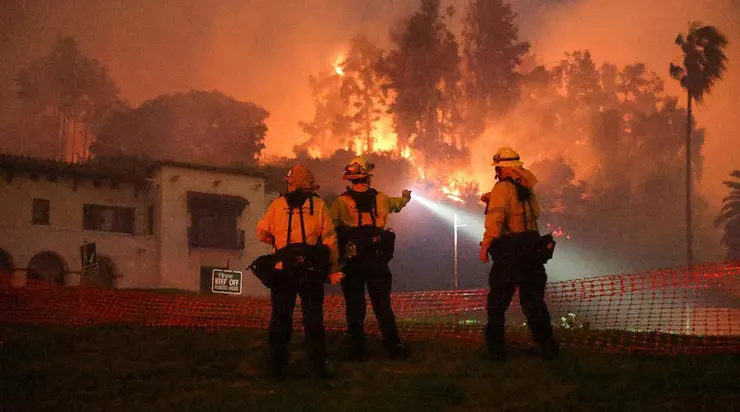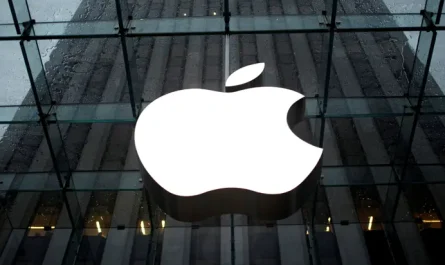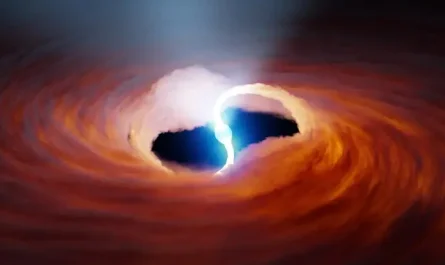At least 24 people have died in the worst fires in Los Angeles history since they began on January 7. About 180,000 people have been evacuated and about 10,000 structures have burned. What caused the fires, was Los Angeles prepared for them, and what role did climate change play?
By Sunday, firefighters had made progress, containing one small fire and nearly containing another, but two major blazes were still raging in the city.
With strong winds expected to continue through Wednesday, the threat of fire spread remains very high, Los Angeles County officials said.
The fires are believed to be the most destructive in the city’s history, and officials have warned that the death toll could rise.
The largest fire in the Pacific Palisades region has burned about 96 square kilometers and is only 13% under control.
Specially trained dogs and rescue teams continue to search the charred rubble of destroyed homes in search of human remains.
What caused the fires?
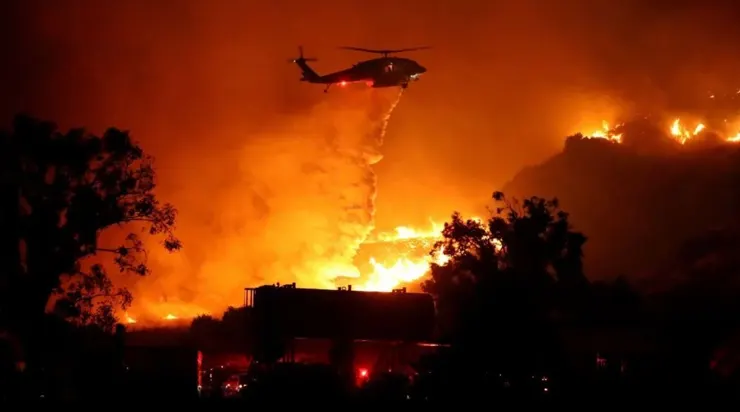
Los Angeles County Sheriff Robert Luna said the investigation into the possible causes of the fires is ongoing.
“We are not discounting anything,” he noted.
Lightning, the most common cause of wildfires in the United States, has been ruled out as a potential cause of the Palisades and Eaton fires.
There is also no official indication yet that any of these fires were caused by arson or power lines, the next two main culprits in the fires.
California’s very wet 2022-23 has resulted in a lush growth of vegetation that had dried out during the previous year’s drought, creating abundant brush.
A combination of exceptionally dry weather – central Los Angeles has seen just 0.4 cm of rain since October – and powerful gusts of wind known as Santa Ana winds have also created fertile ground for wildfires.
BBC weather forecaster Sarah Keith-Lucas said there was no rain expected in the area for at least the next week.
Although winds were expected to ease slightly on Friday and Saturday, forecasters warned that they would pick up again on Sunday and Monday.
Was Los Angeles prepared for fires like these?
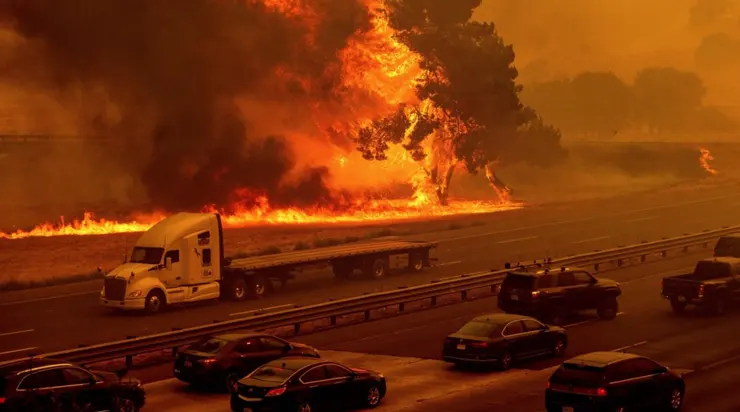
A political row over the city’s fire preparedness has flared after it emerged that some fire departments’ hoses had run dry.
California Governor Gavin Newsom has called for an independent investigation to determine why the city’s Santa Ynez Reservoir was closed for repairs and empty at the time of the fire.
“The loss of water supply from fire hydrants likely hampered efforts to protect some homes and evacuation corridors,” he wrote.
Before the fires began, the Los Angeles Fire Chief warned in a memo that budget cuts were hampering the department’s ability to respond to emergencies.
On Saturday, Los Angeles County Fire Chief Anthony Marrone denied that his department was unprepared for the fires.
“I did everything I could to make sure we had enough staff and resources before the first fire broke out,” he said.
“This disaster was not caused by a lack of preparation or decision-making. It was an act of God,” Marrone added.
Evacuation alerts were mistakenly sent to cellphones across Los Angeles on Thursday because of impending wildfires, sparking anger and alarm among some residents.
At a press conference Saturday morning, city officials blamed a software glitch.
Criticism of the city mayor
Mayor Karen Bass has come under fire for the region’s lack of preparedness for the fires and her lack of leadership in dealing with the issue.
She learned of the raging fires while en route to Ghana for the inauguration of the country’s new president.
Political rivals have questioned why Bass was making the international trip at all, given that the National Weather Service in Los Angeles was warning of “extreme wildfire-related weather.”
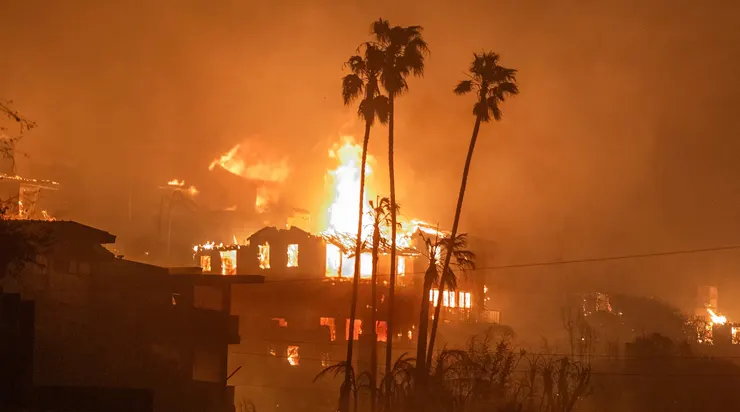
More than 100,000 city residents have signed a petition calling for Karen Bass to resign as mayor due to her failure to promptly deal with the aftermath of the fire.
At a news conference Thursday, Bass shrugged off questions about her leadership skills, saying the unprecedented nature of the fires left city officials unable to cope.
“Our first and most important responsibility to the people of Los Angeles is to get through this crisis,” the mayor said Saturday.
City officials have announced only 135 hotel vouchers, despite the fact that Los Angeles is home to 75,000 homeless people with little protection from the harmful smoke from wildfires.
What role did climate change play?
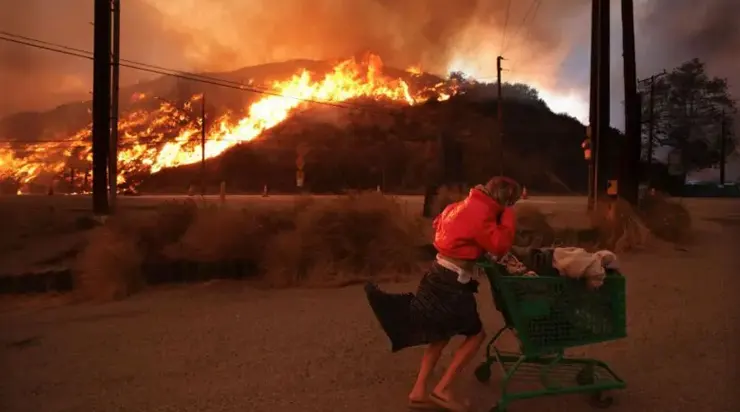
While the fires are typically driven by strong winds and lack of rain, experts say climate change is changing background conditions and making such blazes more likely.
Much of the western United States, including California, experienced a decades-long drought that ended just two years ago, leaving the region more vulnerable.
The sharp changes between dry and wet periods in recent years have resulted in huge amounts of dry vegetation that is prone to fire.
US government research has clearly linked climate change to the largest and most intense wildfires in the western US.
“Climate change, including increased heat, prolonged drought, and a drier atmosphere, has been a key driver in increasing the risk and severity of wildfires in the western United States,” the National Oceanic and Atmospheric Administration said.
Southern California’s fire season is generally considered to run from May to October, but the governor has previously noted that fires have become an ongoing problem. “There is no fire season,” he said. “This is a fire year.”
